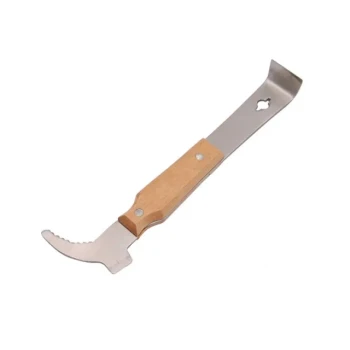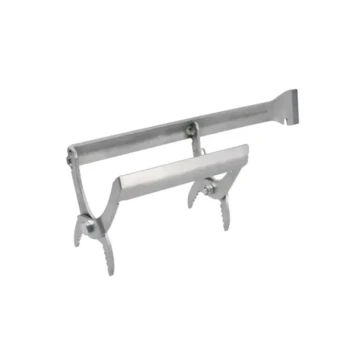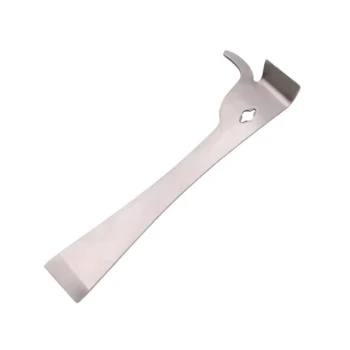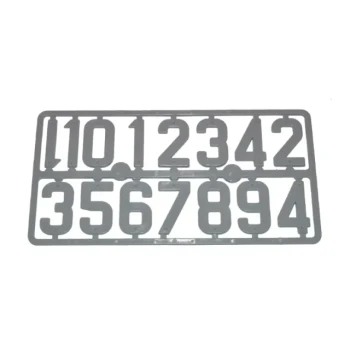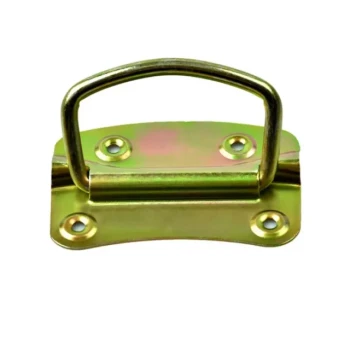At its core, the universal hive is used for pollination services by providing a highly flexible system that allows beekeepers to rapidly adjust colony numbers and strength. Its unique design enables it to function as either a single, strong colony or two smaller, separate colonies within one box, making it ideal for meeting the specific demands of pollination contracts.
The key to the universal hive is its internal, removable division board. This simple feature gives beekeepers a powerful tool to manage their colonies for maximum population growth and to meet specific strength requirements, like the 8-frame average often required for almond pollination.
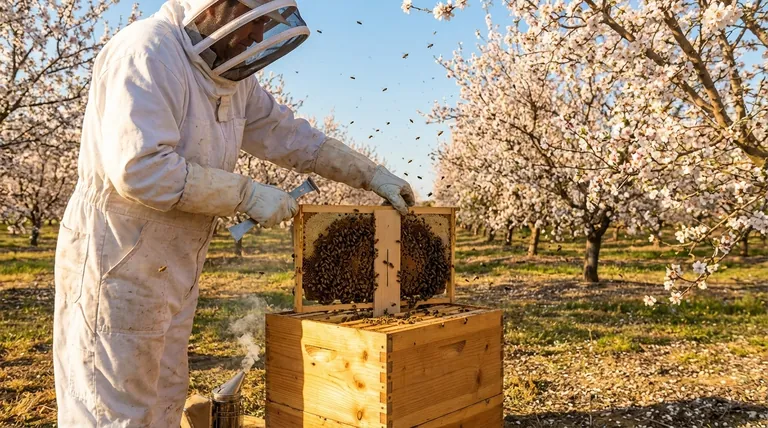
The Core Mechanism: The Division Board
The universal hive's flexibility is not magic; it comes from a single, critical component that redefines how a standard hive box can be used.
What is a Universal Hive?
A universal hive is typically an 8-frame hive box that has been modified to accept a removable division board. This board is designed to fit precisely in the center of the box, creating a bee-proof barrier.
How the Division Board Works
When the division board is inserted, it splits the 8-frame box into two separate 4-frame compartments. Each compartment functions as an independent nucleus colony, complete with its own entrance, queen, and workforce.
Single vs. Dual Queen Management
This central partition allows for two distinct management styles in a single piece of equipment. With the board engaged, the hive operates as a dual-queen system, housing two separate colonies. When the board is removed, the two colonies can be combined to function as one large, single-queen colony.
The Strategic Advantage for Pollination
For a commercial pollinator, timing and numbers are everything. The universal hive directly addresses the logistical challenges of preparing thousands of colonies for a specific bloom.
Rapidly Increasing Colony Count
The dual-queen capability is a powerful tool for making "splits" or increases. A beekeeper can run the hives with two queens through the season, effectively doubling their rate of colony growth in the same physical footprint. This allows them to build up hive numbers quickly in spring, summer, or fall in preparation for major pollination events.
Meeting Contractual Strength Requirements
Many growers, particularly in the almond industry, pay for pollination based on colony strength, often requiring an "8-frame average." The universal hive provides a direct path to meeting this standard. A beekeeper can remove the division board just before delivery, allowing the two 4-frame colonies to merge into a single, powerful 8-frame unit that easily passes inspection.
Streamlined Logistics
Managing two colonies in a single box is more efficient. It simplifies transportation, reduces the amount of equipment needed per colony, and consolidates the apiary's footprint, making yard management faster and easier.
Understanding the Trade-offs
While powerful, this system is not without its complexities. Objectivity requires acknowledging its potential downsides.
Increased Management Complexity
Running dual-queen systems demands a higher level of beekeeping skill and attention. You are essentially managing two colonies at once, tracking the health and productivity of two queens within inches of each other.
Potential for Imbalance
It's common for one side of the divided hive to become stronger than the other. This requires active management from the beekeeper to equalize the colonies by moving frames of brood or resources, adding another layer of work.
Not Primarily for Honey Production
Although the hive can be adapted for honey production, its design is optimized for population growth, not maximizing nectar storage. A traditional, single-queen Langstroth hive is often a more straightforward and effective choice if the primary goal is honey surplus.
Making the Right Choice for Your Goal
The universal hive is a specialized tool. Its value depends entirely on your operational objectives.
- If your primary focus is commercial pollination: The universal hive is a strategic asset for rapidly scaling your operation and ensuring your colonies meet contractual strength.
- If your primary focus is maximizing honey production: A standard hive configuration is likely a more direct and efficient path to achieving your goal.
- If your primary focus is queen rearing or making nucs: This system is exceptionally efficient, allowing you to manage multiple small colonies in a compact and easy-to-manage format.
Ultimately, the universal hive offers beekeepers a tactical advantage in the demanding world of commercial pollination.
Summary Table:
| Feature | Benefit for Pollination |
|---|---|
| Removable Division Board | Creates two 4-frame nucs or one 8-frame colony in a single box. |
| Dual-Queen Management | Doubles colony growth rate for rapid spring/summer build-up. |
| Contract Readiness | Easily merge nucs to meet '8-frame average' strength for almonds. |
| Logistical Efficiency | Reduces equipment and simplifies transport versus single-hive setups. |
Ready to scale your pollination operation with the right equipment? HONESTBEE supplies durable, commercial-grade beekeeping supplies and equipment to commercial apiaries and distributors. Our wholesale-focused operations ensure you get the reliable gear you need to manage universal hives and meet demanding contract specifications. Contact our team today to discuss your specific needs and get a quote!
Visual Guide

Related Products
- HONESTBEE Advanced Ergonomic Stainless Steel Hive Tool for Beekeeping
- HONESTBEE Professional Multi-Functional Hive Tool with Ergonomic Wood Handle
- HONESTBEE Professional Long Handled Hive Tool with Precision Cutting Blade
- Professional Dual-End Stainless Steel Hive Tool for Beekeeping
- Multi-Function Plier-Style Frame Grip Hive Tool
People Also Ask
- What is a hive tool and what are its uses? Master Your Hive Inspections with the Essential Beekeeper's Tool
- Why is it important to compare the progress of different hives? A Beekeeper's Key Diagnostic Tool
- What are the features of a regular hive tool? The Essential Multi-Tool for Every Beekeeper
- What is the hole in a hive tool for? A Multi-Tool for Apiary Repairs and Maintenance
- Why do hive tools have a hole? Unlock the Secret to Efficient Beekeeping

